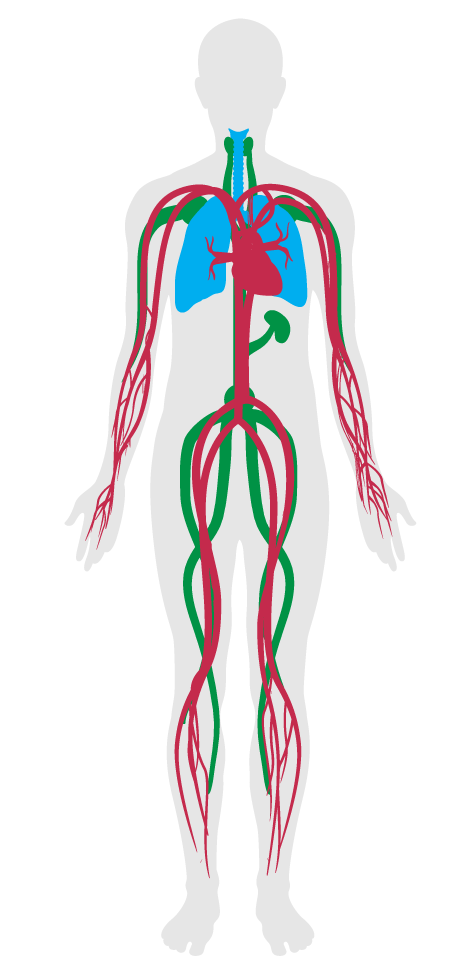Advanced air purification
- 01 Air quality standards
- 02 Smoking ban
- 03 Ventilation effectiveness
- 04 VOC reduction
- 05 Air filtration
- 06 Microbe and mold control
- 07 Construction pollution management
- 08 Healthy entrance
- 09 Cleaning protocol
- 10 Pesticide management
- 11 Fundamental material safety
- 12 Moisture management
- 13 Air flush
- 14 Air infiltration management
- 15 Increased ventilation
- 16 Humidity control
- 17 Direct source ventilation
- 18 Air quality monitoring and feedback
- 19 Operable windows
- 20 Outdoor air systems
- 21 Displacement ventilation
- 22 Pest control
- 23 Advanced air purification
- 24 Combustion minimization
- 25 Toxic material reduction
- 26 Enhanced material safety
- 27 Antimicrobial activity for surfaces
- 28 Cleanable environment
- 29 Cleaning equipment
- P9 Advanced cleaning
23. Advanced air purification
To improve recirculated indoor air quality through the implementation of advanced air purification strategies.
Some circumstances justify greater investment in air purification strategies. For example, proximity to highly traveled roads, manufacturing plants and seasonal variation can affect outdoor air quality, increasing ozone and VOC content, and in turn diminishing indoor air quality. Similarly, climates with high humidity levels and inadequate indoor ventilation can foster the development of mold and spores in indoor environments.
To reduce VOCs in the indoor air, buildings which recirculate air use one of the following methods:
Spaces with more than 10 regular occupants, within buildings that recirculate air, use one of the following treatments or technologies to treat the recirculated air, either integrated within the central ventilation system or as a standalone device:
As evidence that the selected filtration/sanitation system chosen continues to be fully operational, projects must annually provide IWBI with:

Applicability Matrix
| Core & Shell | New & Existing Buildings | New & Existing Interiors | |
|---|---|---|---|
| Part 1: Carbon Filtration | O | O | O |
| Part 2: Air Sanitization | O | O | O |
| Part 3: Air Quality Maintenance | O | O | O |
| Commercial Kitchen | Education | Multifamily Residential | Restaurant | Retail | |
|---|---|---|---|---|---|
| Part 1: Carbon Filtration | O | O | O | O | O |
| Part 2: Air Sanitization | O | O | O | O | O |
| Part 3: Air Quality Maintenance | O | O | O | O | O |
Verification Methods Matrix
| Letters of Assurance | Annotated Documents | On-Site Checks | |
|---|---|---|---|
|
PART 1 (Design) Carbon Filtration |
MEP | Spot Check | |
|
PART 2 (Design) Air Sanitization |
MEP | Spot Check | |
|
PART 3 (Protocol) Air Quality Maintenance |
Operations Schedule |
| 23.2.a |
The EPA's "Residential Air Cleaners" notes that properly designed UVGI cleaners in typical airstream disinfection applications could reduce the viability of vegetative bacteria and molds, and could provide low to moderate reduction in viruses. |
| 23.2.b |
The EPA's Residential Air Cleaners document notes that photocatalytic oxidation cleaners are intended to change gaseous pollutants and associated odors into harmless products. |
